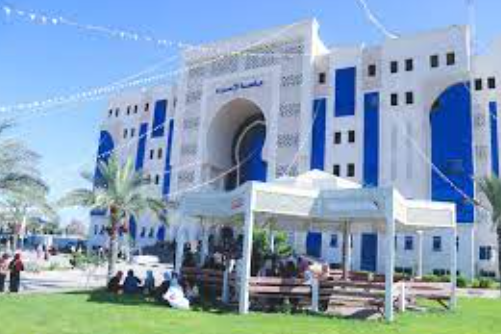اخر تحديث:
Israa University

التصنيف الرئيسي
جامعة
Ownership type
خاصة
المحافظة
Gaza
Address
– Gaza: Jaffa Street, Zahraa
سنة التأسيس
2016
رئيس الجامعة
أ.د عبد الخالق الفرا
عدد الأكاديميين
119
عدد العاملين
240
Students Statistics
| Number of Students /Males | Number of Students /Females | Number of Students /Total |
|---|---|---|
| 1083 | 1992 | 3075 |
| Number of New Students /Males | Number of New Students /Females | Number of New Students /Total |
|---|---|---|
| 475 | 713 | 1188 |
| Number of New Graduates/Males | Number of New Graduates/Females | Number of New Graduates/Total |
|---|---|---|
| 550 | 823 | 1373 |
نبذة عامة
The university was founded in 2014 by a group of pioneers, academics and researchers who shared a vision. It started its academic and scientific activities at its main headquarters in Al-Zahraa city. It opened other headquarters in the Rimal and Al-Tuffah neighborhoods in Gaza City.
The main targeting and events During the genocide
Sources
University's Facebook page": https://www.facebook.com/israaedu
Free: https://www.alhurra.com/israel/2024/03/13/توبيخ-ضابط-إسرائيلي-تفجير-جامعة-في-غزة-دون-موافقة-الجيش
BBC Arabic: https://www.bbc.com/arabic/articles/czqz1w49j41o
Anadolu Agency: https://www.aa.com.tr/ar/إسرائيل/الجيش-الإسرائيلي-يفجر-مبنى-جامعة-الإسراء-الرئيسي-جنوب-غزة/3112613
